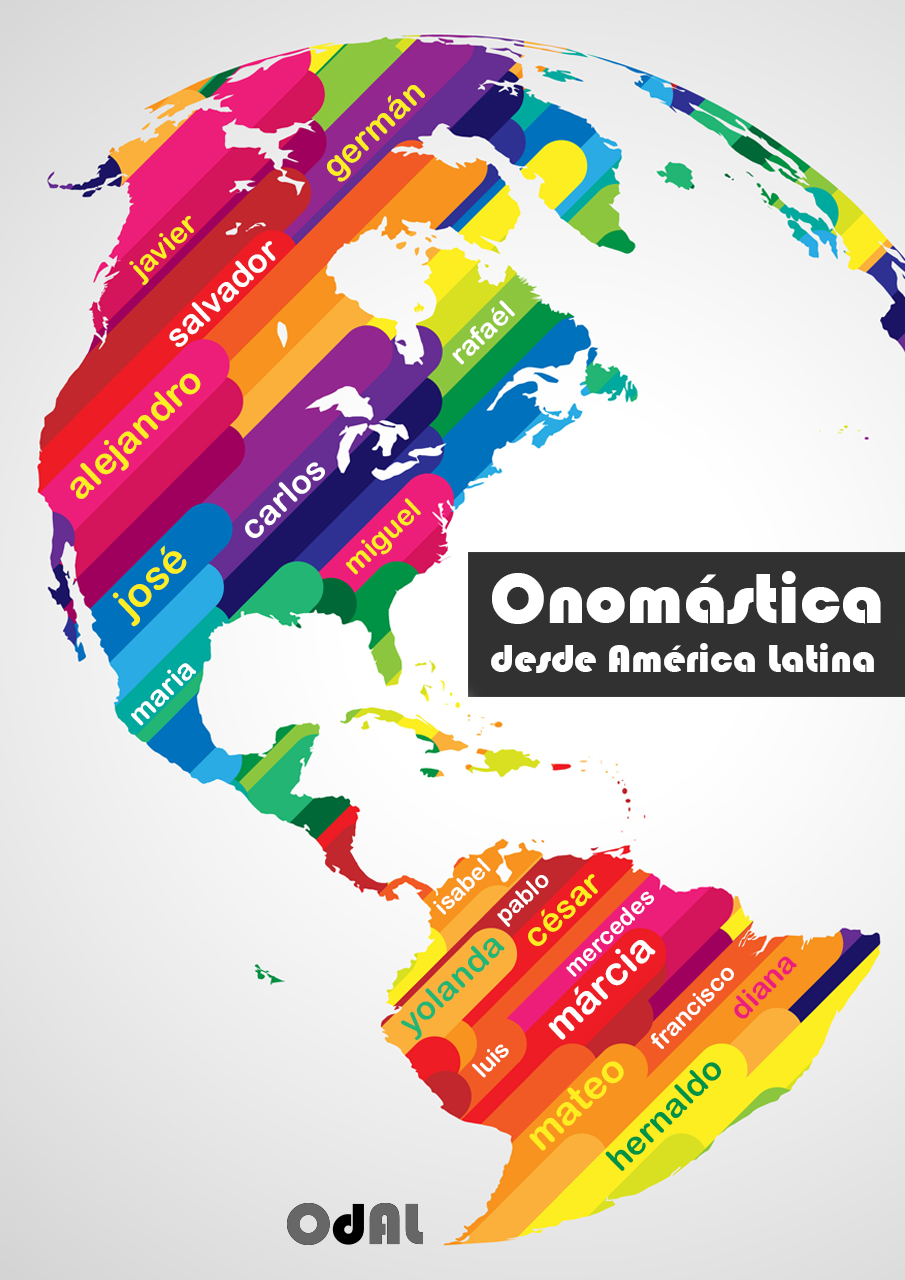La Crematonimia urbana: algunos modelos diferenciales onubenses
DOI:
https://doi.org/10.48075/odal.v5i1.31798Palavras-chave:
Patrimonio cultural inmaterial, paisaje lingüístico, sociolingüística, crematonimia, Huelva, ProvinciaResumo
Este estudio de sociolingüística abordará las características de la crematonimia urbana, tanto en el sector público como en el privado. El factor social será el principal denominador en la creación de nombres propios. Tras la presentación teórica de los conceptos abordados, se ofrece una clasificación propia de los crematónimos tratados en el mismo (tanto públicos como privados), en la que se explican los criterios que se han tenido en cuenta para el establecimiento de dicha clasificación y se ejemplifican mediante el análisis de casos diferenciales en el paisaje lingüístico onubense. Además, se explora la influencia social de los crematónimos con el objetivo de conocer las localizaciones y su frecuencia de empleo. Todo ello se realiza explicando las características que componen cada categoría léxica desde la sociolingüística: los factores externos (ámbito, procedencia, sector dimensiones y categoría productiva) y los factores lingüísticos (lengua de uso y criterio denominativo).
Referências
Backhaus, Peter (2006). Multilingualism in Tokyo: A Look into the Linguistic Landscape. International Journal of Multilingualism, 3 (1): 52-66.
Bajo Pérez, Elena (2018). El nombre propio en 0. Arco Libros.
Bauer, Gerhard (1985). Namenkunde des Deutsc0hen. Peter Lang.
Ben-Rafael, Eliezer; Shohamy, Elana; Amara, Muhammad Hasan; Trumper-Hecht, Nira (2006). Linguistic Landscape as Symbolic Construction of the Public Space: The Case of Israel. International Journal of Multilingualism, 3 (1) : 7-30.
El ajolí Pepe Jiménez. Obtenido de https://www.elajoli.com/ (10 de febrero de 2022). El jamón de Andalucía 100%. Obtenido de https://www.supermercadoseljamon.com/grupo-eljamon.
Fernández Juncal, María del Carmen (2008). Léxico disponible de Burgos. Instituto Castellano y Leonés de la Lengua. Analecta malacitana: Revista de la Sección de Filología de la Facultad de Filosofía y Letras, 31 (2) : 733-735.
Juncal, C. F. (2013). Léxico disponible de Cantabria. Salamanca: Universidad de Salamanca/Universidad de Cantabria.
Juncal, C. F. (2019). Los nombres de marca: disponibilidad léxica. Salamanca: Universidad de Salamanca.
Muñoz, C. F. (2019). “Disponibilidad léxica y semántica". OGIGIA 25.
Natividad, C. F. (Hernández Muñoz). Disponibilidad léxica y socionomástica. Ogigia. Revista electrónica de estudios, 25: 185-210.
ORTOGRAFÍA. (2010). Real Academia Española y ASALE. Ortografía de la lengua española. Espasa.
Pérez, E. B. (2018). El nombre propio en español. Madrid: Arco Libros.
Rodríguez, Ana (31 octubre 2014). El hospital Manuel Lois de Huelva y otros lugares ‘encantados’. Huelva buenas noticias. https://huelvabuenasnoticias.com/2014/10/31/el-hospital-manuel-lois-de-huelva-y-otros-lugares-encantados/
Sjöblom, P. (2016). "Commercial Names”. The Oxford Handbook of Names and Naming. Oxford: Carole Hough.
Rodrigue, Landry & Richard, Bourhis (1997). Linguistic landscape and Ethnolinguistic Vitality: An Empirical Study. Journal of Language and Social Psychology, 6: 23-49.
Sugrañes, Eduardo J. (11 abril 2015). El Manuel Lois, un hito arquitectónico perdido. Huelva Información. https://www.huelvainformacion.es/opinion/articulos/Manuel-Lois-hito-arquitectonico-perdido_0_906509515.html
Downloads
Publicado
Como Citar
Edição
Seção
Licença
Copyright (c) 2024 Francisco Javier González Báez

Este trabalho está licenciado sob uma licença Creative Commons Attribution-NonCommercial-ShareAlike 4.0 International License.
Aviso de Direito Autoral Creative Commons
Política para Periódicos de Acesso Livre
Autores que publicam nesta revista concordam com os seguintes termos:
1. Autores mantém os direitos autorais e concedem à revista o direito de primeira publicação, com o trabalho simultaneamente licenciado sob a Licença Creative Commons Attribution que permite o compartilhamento do trabalho com reconhecimento da autoria e publicação inicial nesta revista.
2. Autores têm autorização para assumir contratos adicionais separadamente, para distribuição não-exclusiva da versão do trabalho publicada nesta revista (ex.: publicar em repositório institucional ou como capítulo de livro), com reconhecimento de autoria e publicação inicial nesta revista.
3. Autores têm permissão e são estimulados a publicar e distribuir seu trabalho online (ex.: em repositórios institucionais ou na sua página pessoal) a qualquer ponto antes ou durante o processo editorial, já que isso pode gerar alterações produtivas, bem como aumentar o impacto e a citação do trabalho publicado (Veja O Efeito do Acesso Livre).
Licença Creative Commons
Esta obra está licenciada com uma Licença Creative Commons Atribuição-NãoComercial-CompartilhaIgual 4.0 Internacional, o que permite compartilhar, copiar, distribuir, exibir, reproduzir, a totalidade ou partes desde que não tenha objetivo comercial e sejam citados os autores e a fonte.

